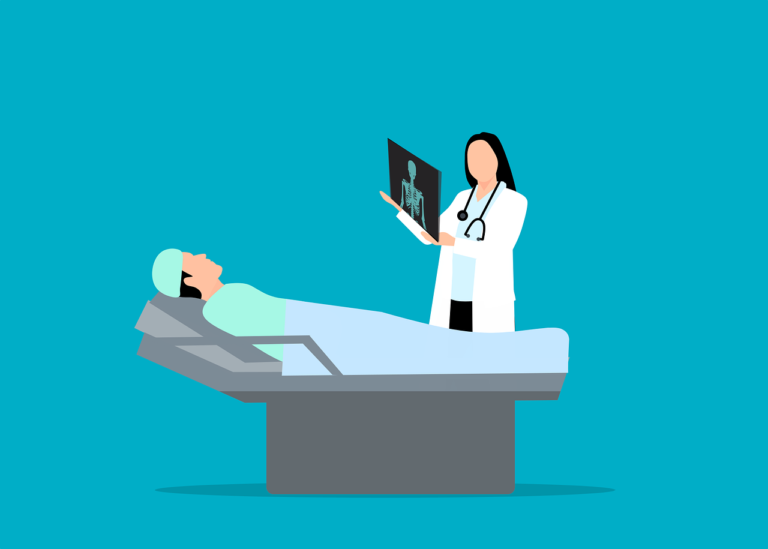Book Appointment Now

Afaf Meleis’ Transitions Theory
Afaf Meleis’ Transitions Theory offers a comprehensive framework to understand the process of transition in individuals, particularly in health care contexts. The theory focuses on the changes or shifts individuals experience across different stages of life, and how these transitions affect their health and well-being. Meleis emphasizes that these transitions can be triggered by events such as illness, aging, or changes in lifestyle, and nurses play a crucial role in helping individuals navigate these transitions effectively.
Get a custom paper help about Afaf Meleis’ Transitions Theory
Order Custom Nursing Paper
Core Concepts of Transitions Theory
Definition of Transition
In Meleis’ theory, a transition is defined as a “passage from one life phase, condition, or status to another.” These transitions can be developmental, situational, health-illness-related, or organizational. Each type of transition comes with its own set of challenges and opportunities for growth.
Types of Transitions
- Developmental Transitions
- These are transitions associated with normal life changes, such as adolescence, pregnancy, or aging.
- Situational Transitions
- These are brought about by external changes like relocation, job loss, or sudden illness.
- Health-Illness Transitions
- These involve changes due to an individual’s health condition or treatment, such as recovery after surgery or managing a chronic illness.
- Organizational Transitions
- Changes in the broader environment, such as shifts in healthcare policy or workplace restructuring, which may affect individuals within an organization.
Key Components of the Afaf Meleis’ Transitions Theory
- Cognitive and Emotional Responses
- Transitions are often accompanied by cognitive and emotional responses, which can affect how an individual perceives and manages the change.
- Patterns of Response
- How a person responds to transition events is influenced by personal factors, such as resilience, support systems, and prior experiences.
- Nursing Role in Transitions
- Nurses are seen as key figures in helping individuals understand and navigate their transitions, providing emotional, physical, and informational support throughout the process.
Phases of Transition According to Meleis
Meleis identifies three key phases in the transition process:
- Movement
- The individual begins to move from one state or situation to another. This phase can involve both external changes (e.g., discharge from the hospital) and internal changes (e.g., emotional adjustment).
- Resilience and Transformation
- This phase is characterized by how individuals cope with the transition. Resilience, or the ability to adapt, plays a crucial role in managing stress and achieving personal growth. Transformation refers to a deep, lasting change that may occur as a result of the transition.
- Integration
- The final phase involves the individual adapting to the new status or situation and integrating it into their life. This phase reflects a successful adaptation to the transition, leading to stability and a new sense of identity.
Applications of Transitions Theory in Nursing
Facilitating Transitions
Nurses can play a vital role in facilitating transitions, providing guidance, and supporting patients through these changes.
- Example: In the case of a patient transitioning from hospital care to home care after surgery, nurses can help by explaining the recovery process, teaching self-care techniques, and providing emotional support.
Enhancing Coping Strategies
The theory highlights the importance of developing effective coping strategies to manage transitions. Nurses can support patients by teaching adaptive coping techniques and providing resources.
- Example: A nurse assisting a cancer patient might help them cope with their diagnosis by connecting them with support groups and offering information on stress management techniques.
Promoting Healthy Transitions
Promoting health and well-being during transitions is a major goal of nursing practice. Nurses can empower individuals to take an active role in their transitions by providing education and support.
- Example: Nurses working with pregnant women can promote healthy prenatal behaviors and provide guidance on the challenges of childbirth and early motherhood.
Benefits and Critiques
| Aspect | Details |
|---|---|
| Benefits | – Provides a comprehensive understanding of transition processes. |
| – Emphasizes the role of nurses in supporting patients through transitions. | |
| – Applicable to a wide range of healthcare settings and patient populations. | |
| Critiques | – Can be difficult to quantify or measure transitions in some healthcare settings. |
| – Assumes that all transitions follow a similar pattern, which may not always be the case. |
Example of the Afaf Meleis’ Transitions Theory in Action
Scenario: A nurse working with an elderly patient adjusting to life after the loss of a spouse.
- Movement: The patient begins to adjust to the emotional and physical changes associated with widowhood.
- Resilience and Transformation: The nurse offers counseling services and introduces community resources to help the patient cope with grief.
- Integration: The patient learns to integrate the loss into their life and begins to engage in social activities again.
Phases of Transition in Meleis’ Theory
| Phase | Description |
|---|---|
| Movement | The individual begins the shift from one life state or condition to another. |
| Resilience and Transformation | The individual copes with the transition, experiencing growth and change. |
| Integration | The individual adapts to the new state and integrates it into their daily life. |
Afaf Meleis’ Transitions Theory provides valuable insight into the nursing role in helping individuals navigate life changes. By understanding the different types of transitions and the phases of adaptation, nurses can offer more personalized, compassionate care.
Call to Action: Implement the principles of Transitions Theory in your practice to enhance patient care and support individuals through their life transitions.







